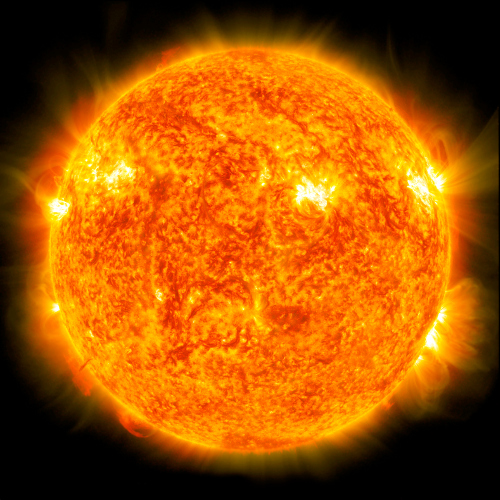Using AI to control energy for indoor agriculture
30 September 2024
Published online 5 January 2015
The region may be 'sunburnt,' but it's still struggling to reach its solar power potential.

Scientists at the King Abdullah University of Science and Technology (KAUST), are among those working tirelessly in the quest. At KAUST, a major concerted effort relies on 'quantum dots' - semiconducting nanocrystals that can be tuned to absorb light at different wavelengths - exactly what the Middle East needs in lieu of solar cells.
“We have a lot of light and heat in the infrared region of the spectrum that solar cells don’t absorb,” one of the scientists told Nature Middle East writer Zeeya Merali as she illustrates the technology and explains the potential of quantum dots here.
But the move towards renewables, including solar energy, is no longer a matter of merely honing technologies but of finding solutions to the growing gap between steep rises in electric demands and waning power generation capacity.
In a country like Saudi Arabia, for instance, there’s a significant disparity between potential demand and supply, writes Jean-Luc Bredas, director of the Solar and Photovoltaics Engineering Research Center at KAUST, and Mark Vermeesch, the centre's managing director. They warn that relying on traditional oil-fuelled power generators will draw on a much depleted national reserve while exacerbating the effects of climate change.
“Saudi Arabia has one of the highest irradiation levels on Earth, exceeding 2000kWh/m2/year,” they say. “This could be the genesis of one of the world’s lowest levelized costs of electricity (LCOE) for renewables”
Neighboring UAE boasts a newly-launched eco-city within its capital Abu Dhabi. Masdar City, developed by Masdar Institute of Science and Technology aims to be one of the world’s most sustainable.
Founded by a group of international researchers, the coastal Masdar City is powered by Shams 1, one of the largest power plants in the Middle East. The researchers are working on tweaking UAE’s solar panels which are hampered by the desert country’s high dust levels.. The dust builds up on the panels and significantly reduces their efficiency. The scientists are committed to producing the perfect hybrid solar cell, but are facing hurdles, including a reluctance by investors to focus on renewable energy instead of oil. Nature Middle East writer Nadia El-Awady explains it all here.
But despite challenges, these projects are producing premium research and trying to influence energy markets by producing more efficient and affordable solar power.
The same cannot be said for the much-heralded project, Desertec Industrial Initiative, Desertec was a highly ambitious project for the region, with a projected budget of €400 billion and the financial backing of 19 major shareholders, only three of which remain on board. Desertec’s scale of ambition has already receded to the role of a service provider for a few projects in the region, instead of its intended role of a major policy influencer and the founder of an enterprise that would have electrically interconnected the EU and MENA regions.
Nature Middle East reporter Louise Sarant examines the story of how the ambitions of one solar conglomerate crashed and burned in a region that's brimming with solar energy potential.
The problem may rest with the policymakers in governments that give or withhold investment in business or research. Or perhaps the trouble is with the industry itself, which still hasn't found a good middle ground between sustainability aspiration and actual cost. Maybe the right formula lies in aligning research and investment with feasible projections about cost and manpower.
Whatever the solution, the reality is not changing: power capacity is weakened and an alternative energy source is desperately needed. Solar power, many scientists agree, is the obvious choice. We need to make it more than just pie in the sky.
Dot-shaped future for solar energy in the Middle East
Plugging into the sun: Masdar's solar dream
Desertec: An aborted project or just a change in direction?
doi:10.1038/nmiddleeast.2015.5
Stay connected: